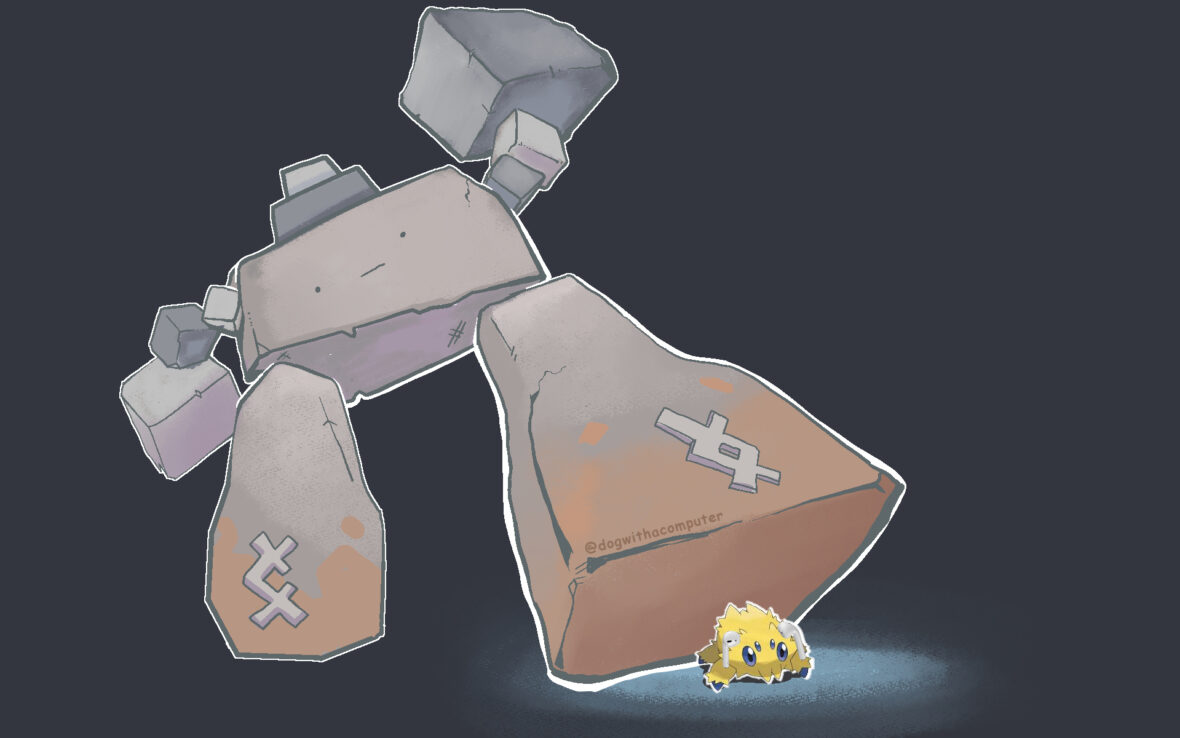Stonjourner is a Rock-type Pokémon introduced in Generation VIII. It is not known to evolve into or from any other Pokémon. Take a look below for 17 fun and fascinating facts about Stonjourner.
1. Stonjourner resembles Stonehenge.
2. It has a gray, rectangular body with white eyes and mouth, and is adorned with dark gray spots.
3. On top of its body are two, smaller rectangular stones giving it the appearance of a hat.
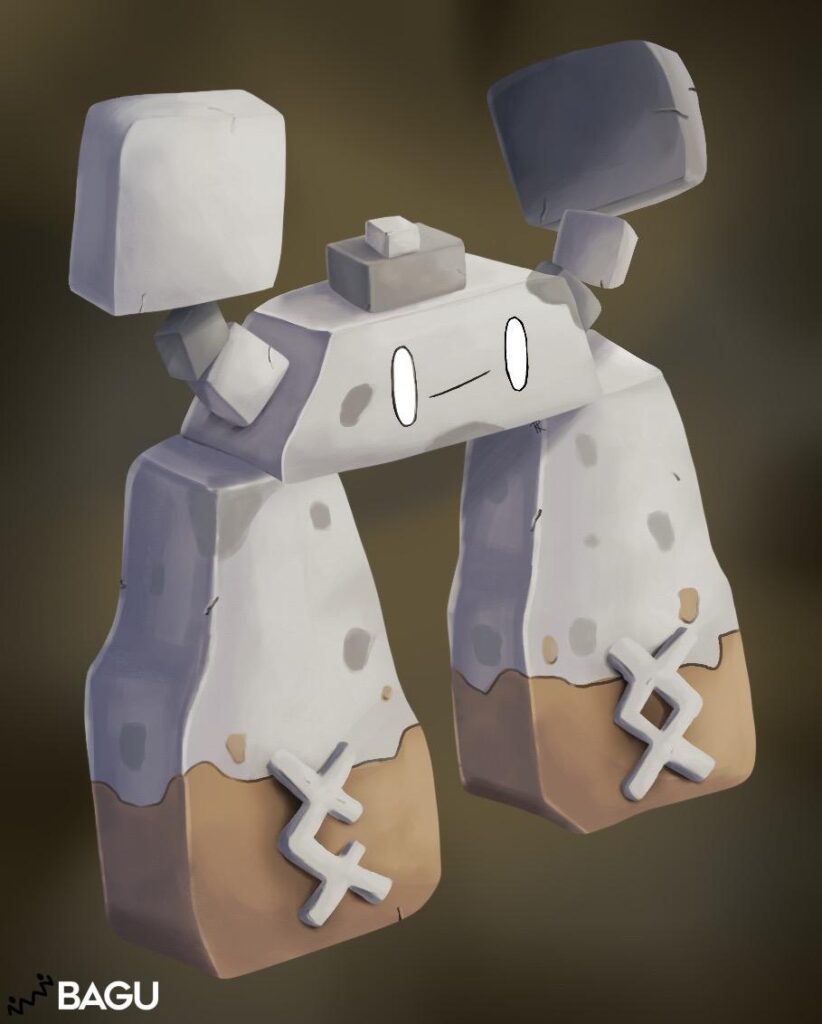
4. Its arms are made up of three chained, square rocks alternating between gray and dark gray.
5. It has two large, gray legs which are brown on the lower half.
6. On its lower legs are gray crosses.
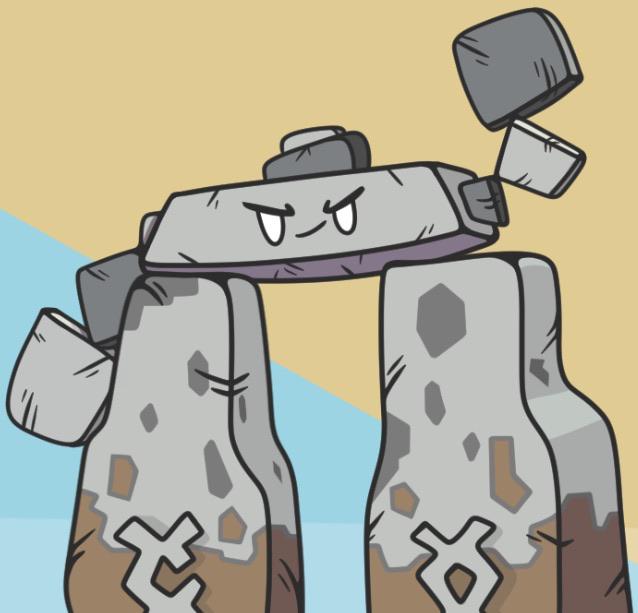
7. These resemble the standing stones in Turffield.
8. Occasionally, it will unleash a burst of speed to perform dynamic feats with its legs.
9. Most of the time, it prefers standing in a field watching the sun’s progress, preferring a quiet life.
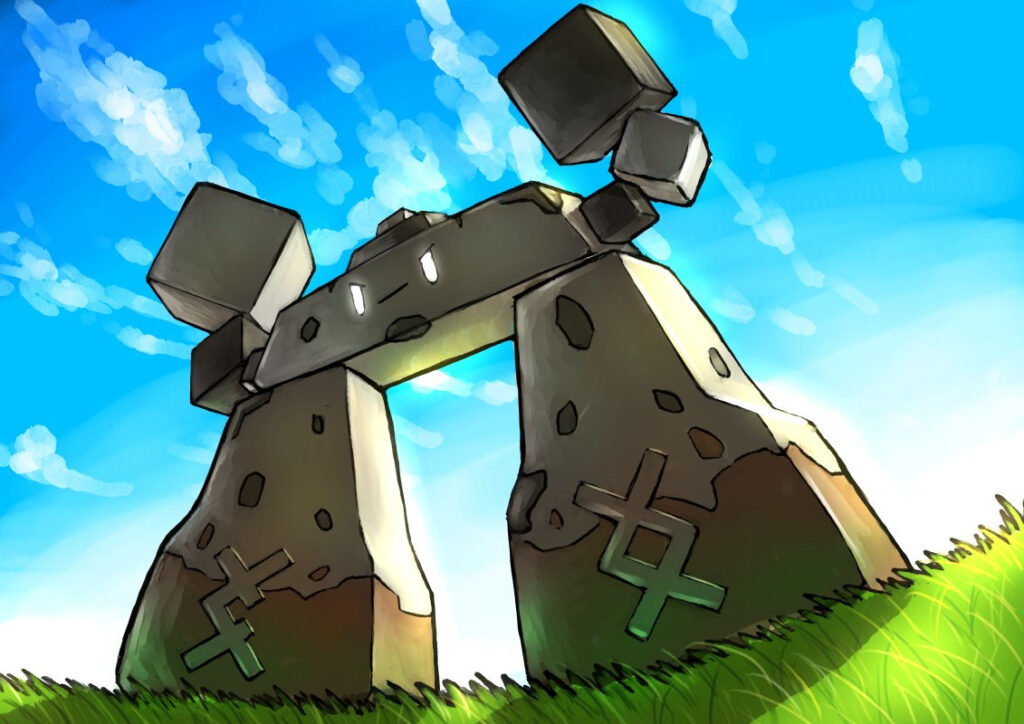
10. Curiously, once every year on a certain day, the Stonjourner from all over gather to form an evenly squared ring or circle.
11. No one knows the reason why they assemble in this formation, leading to many theories, notably the position of sun, the earth’s energy, and other factors.
12. Stonjourner can be seen as a parallel to Eiscue, the former being exclusive to Sword while the latter is exclusive to Shield. Gordie and Melony, the version exclusive gym leaders of the Circhester Gym use the two in their teams. (Stonjourner with Gordie and Eiscue with Melony.)
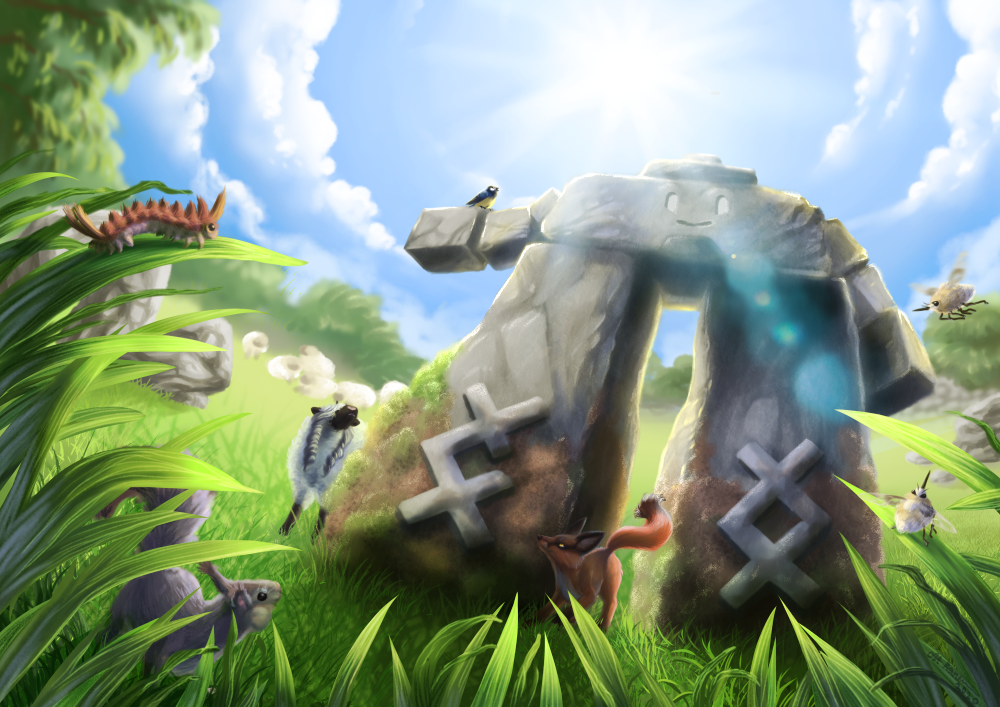
13. Stonjourner is tied with Magikarp, Carvanha, Igglybuff, Caterpie, Weedle, and Attack Forme Deoxys for the lowest base Special Defense stat of all Pokémon.
14. Stonjourner may be based on Stonehenge, a mysterious monument from the Middle Neolithic of Wiltshire, England.
15. It consists of a ring of standing stones.
16. Stonjourner’s behavior may reference the relationship between Stonehenge and astronomy and the fact that there is evidence that this monument used to be visited once a year and every year by a prehistoric culture, either in December or January.
17. Stonjourner may be a combination of stone and sojourner or journey.

